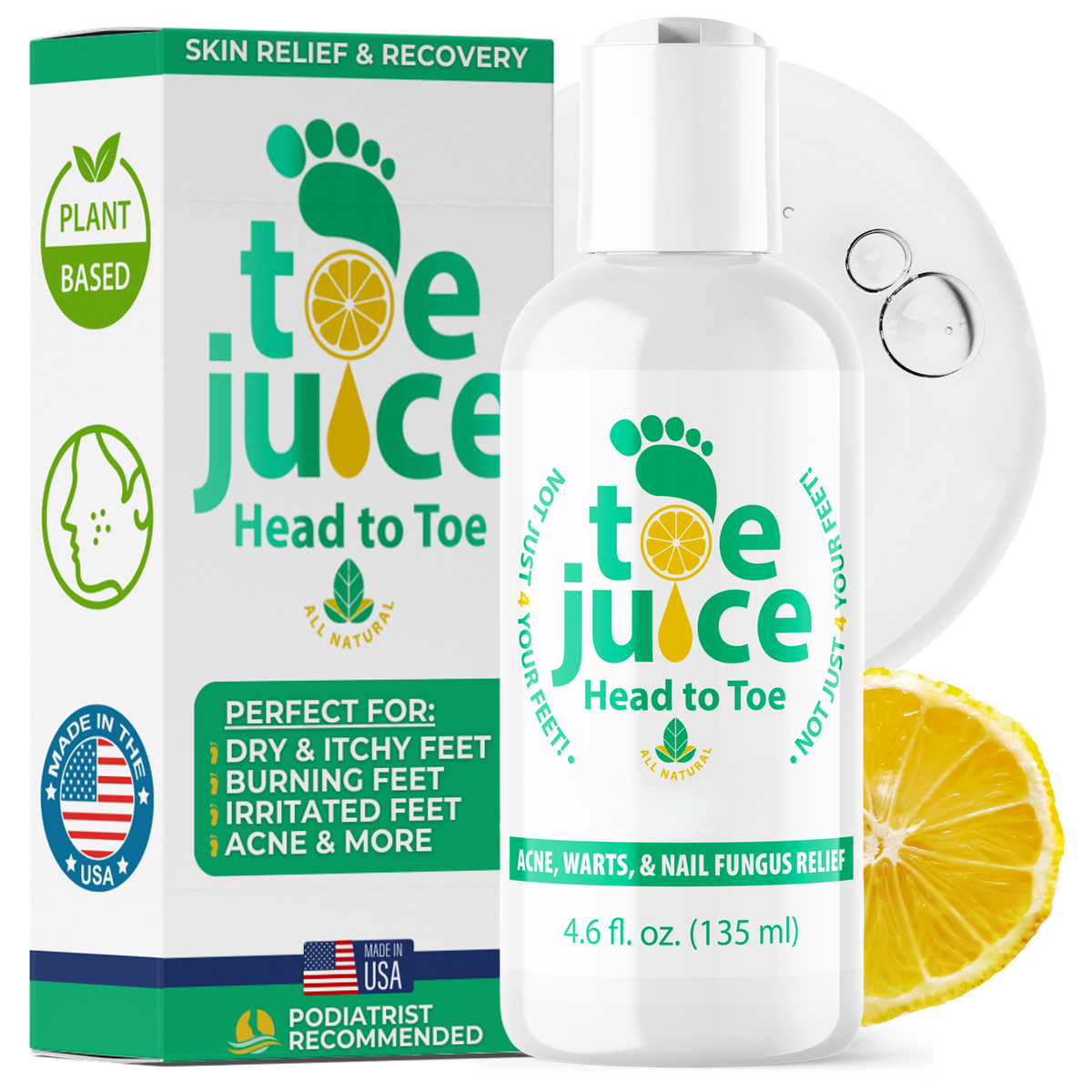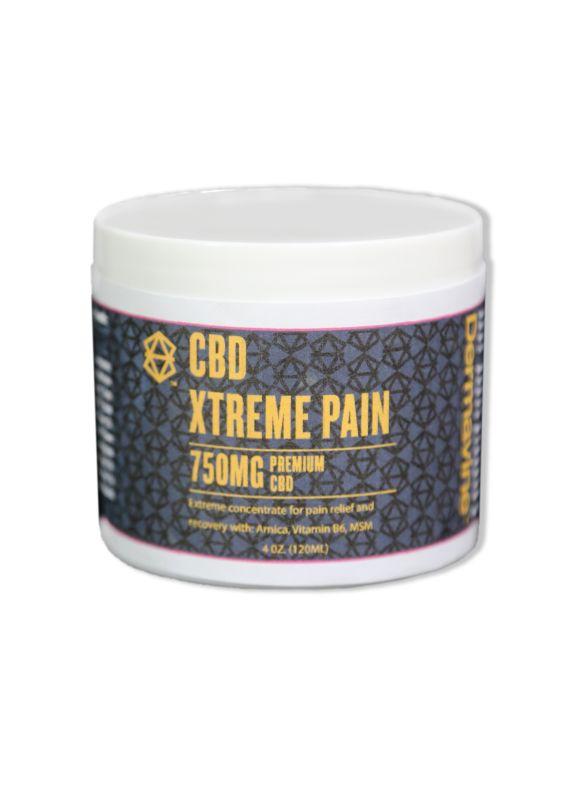Do I have athlete’s foot?
Athlete’s foot, do you think you might have it? Do your feet itch, burn, sting on the bottom of your feet or between your toes? Does your feet have dry and cracked skin that is really sore? Is your skin really pink or red on the soles of your feet or between your toes? You probably have athlete’s foot.
What is athlete’s foot?
Athlete’s foot — also called tinea pedis — is a contagious fungal infection that affects the skin on the feet. It can also spread to the toenails and the hands. The fungal infection is called athlete’s foot because it’s commonly seen in athletes.
Athlete’s foot isn’t serious, but sometimes it’s hard to cure. It is very contagious and really gets around in damp, hot places where it can transfer and grow. Showers, locker rooms on just about any damp, hot floor.
What causes athlete’s foot?
Athlete’s foot occurs when the tinea fungus grows on the feet. You can catch the fungus through direct contact with an infected person, or by touching surfaces contaminated with the fungus. The fungus thrives in warm, moist environments. Don’t forget swimming pools!
Who is at risk for athlete’s foot?
Anyone can get athlete’s foot, but certain behaviors increase your risk. Factors that increase your risk of getting athlete’s foot include:
- visiting public places barefoot, especially locker rooms, showers, and swimming pools
- having sweaty feet
- sharing socks, shoes, or towels with an infected person
- wearing tight, closed-toe shoes where your feet perspire
- keeping your feet wet for long periods of time
- having a minor skin or nail injury on your foot
- any contact with someone that has athlete's foot
What are the symptoms of athlete’s foot?
There are many possible symptoms of athlete’s foot, which include:
- itching, stinging, and burning between your toes or on soles of your feet
- blisters on your feet that itch
- cracking and peeling skin on your feet, most commonly between your toes and on your soles
- dry skin on your soles or sides of your feet
- raw skin on your feet
- discolored, thick, and crumbly toenails
- toenails that pull away from the nail bed
How is athlete’s foot treated?
Athlete’s foot can often be treated with over-the-counter (OTC) topical antifungal medications. If OTC medications don’t treat your infection, your doctor may prescribe topical or oral prescription-strength antifungal medications. Sometimes these medications can be very strong. If you have an immune system issue or diabetes, inform your doctor first.
OTC medications
There are many OTC topical antifungal medications on the market, including:
- miconazole (Desenex)
- terbinafine (Lamisil AT)
- clotrimazole (Lotrimin AF)
- butenafine (Lotrimin Ultra)
- tolnaftate (Tinactin)
Prescription medications
Some of the prescription medications your doctor may prescribe for athlete’s foot include:
- topical, prescription-strength clotrimazole or miconazole
- oral antifungal medications such as itraconazole (Sporanox), fluconazole (Diflucan), or prescription-strength terbinafine (Lamisil)
- topical steroid medications to reduce painful inflammation
- oral antibiotics if bacterial infections develop due to raw skin and blisters
Home care
Your doctor may recommend that you soak your feet in salt water or diluted vinegar to help dry up blisters.
Complications
Athlete’s foot can lead to complications in some cases. Mild complications include an allergic reaction to the fungus, which can lead to blistering on the feet or hands. It’s also possible for the fungal infection to return after treatment.
There can be more severe complications if a secondary bacterial infection develops. In this case, your foot might be swollen, painful, and hot. Pus, drainage, and fever are additional signs of a bacterial infection.
It’s also possible for the bacterial infection to spread to the lymph system. A skin infection could lead to infections of your lymphatic system or lymph nodes.
Long-term outlook
Athlete’s foot infections can be mild or severe. Some clear up quickly, and others last a long time. Athlete’s foot infections generally respond well to antifungal treatment. However, sometimes fungal infections are difficult to eliminate. Long-term treatment with antifungal medications may be necessary to keep athlete’s foot infections from returning.
Prevention
There are several things you can do to help prevent athlete’s foot infections:
- Don’t share socks, shoes, or towels with others.
- Change your socks when your feet get sweaty.
- Wash your feet with soap and water every day and dry them thoroughly, especially between the toes.
- Wash socks, bedding and towels in water that’s 140°F (60°C) or higher. Combining washing socks and application of OTC antifungal recommendations should treat most cases of athlete’s foot. You can disinfect your shoes by using disinfectant wipes (like Clorox wipes) or sprays.
- Put antifungal powder on your feet every day.
- Wear sandals in public showers, around public swimming pools, and in other public places.
- Wear socks made out of breathable fibers, such as cotton or wool, or made out of synthetic fibers that wick moisture away from your skin.
- Air out your feet when you are at home by going barefoot.
- Wear shoes made of breathable materials.
- Alternate between two pairs of shoes, wearing each pair every other day, to give your shoes time to dry out between uses. Moisture will allow the fungus to continue to grow.


